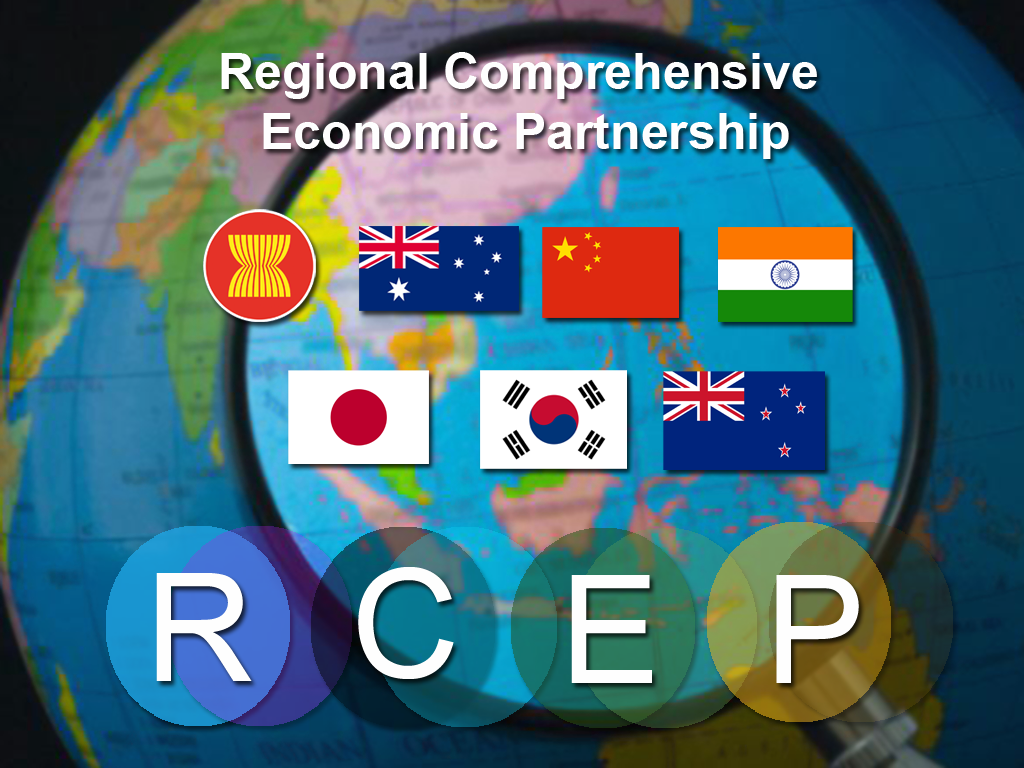Suitable policies related to RCEP should be planned now
 |
| The RCEP was signed on November 15, 2020 |
A workshop on RCEP was organised by the Central Institute for Economic Management (CIEM) and Aus4Reform in late January titled “Effectively materialising the RCEP and improving the economy’s self-control: Demanding for improvements in Vietnamese legal frameworks regarding commerce and trade” to publish the report and also support local governments in mapping out solutions to increase benefits from the agreement.
The main content of the report includes a comparison of the RCEP and other free trade agreements (FTAs) that Vietnam is party to. Based on that, local policymakers can easily pinpoint problems related to the legal institutions that could hamper the economy from getting benefits of the latest agreement.
“They can also help the government to issue suitable policies to take maximal advantage of the RCEP,” said Tran Thi Hong Minh, director of CIEM.
According to the document, one of the big concerns is that Vietnam would not benefit from the agreement and that it would enlarge the trade gap with other members. In comparison with the EU-Vietnam Free Trade Agreement and the Comprehensive and Progressive Agreement for Trans-Pacific Partnership, the RCEP’s requirements are comparatively lower, resulting in expectations of imports exceeding exports.
For foreign investment, in addition to the great chances of luring in more investors thanks to the trend of moving out of China, inspecting the quality of foreign investment flows are not easy at all, leading to some corollaries on the local macroeconomy.
“The adversities may also hamper the economy’s self-control, demanding in-time solutions. Nevertheless, the measures should initially be mapped out under comprehensive views, from legal frameworks to investment issues,” said Nguyen Thi Thu Trang, director of the Centre for WTO and Economic Integration at VCCI.
The report recommended the government to continue economic reforms, give priority to completing investment policies, developing trade policies towards being uninformed with investment policies, resolve obstacles related to infrastructure and human resources, and efficiently prevent the COVID-19 pandemic.
What the stars mean:
★ Poor ★ ★ Promising ★★★ Good ★★★★ Very good ★★★★★ Exceptional
 Tag:
Tag:
Related Contents
Latest News
More News
- Top 10 notable events of Vietnam’s industry and trade sector in 2025 (December 19, 2025 | 14:00)
- Tungsten surges to 12-year high as world enters a new 'black gold' race (December 18, 2025 | 17:27)
- Vietnam’s coffee exports set new record despite price pressures (December 18, 2025 | 17:13)
- Garment and textile sector seeks new growth after volatile year (December 18, 2025 | 17:01)
- VinSpeed and Siemens strengthen cooperation for high-speed rail development (December 18, 2025 | 16:53)
- High-tech adoption for TH true MILK (December 18, 2025 | 13:39)
- Takeda supports health resilience amid climate change challenges (December 18, 2025 | 12:39)
- Mondelez Kinh Do - a chapter of purpose-led leadership in Vietnam (December 18, 2025 | 09:44)
- VNPAY services receive the highest-level PCI DSS international security certificates for six consecutive years (December 17, 2025 | 23:47)
- PPL extends its reach into ASEAN (December 17, 2025 | 15:44)



























 Mobile Version
Mobile Version